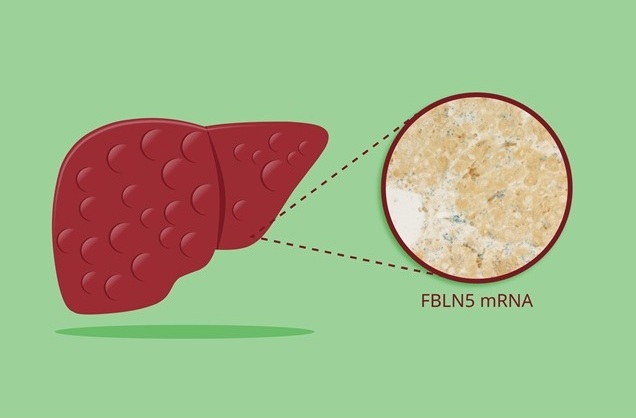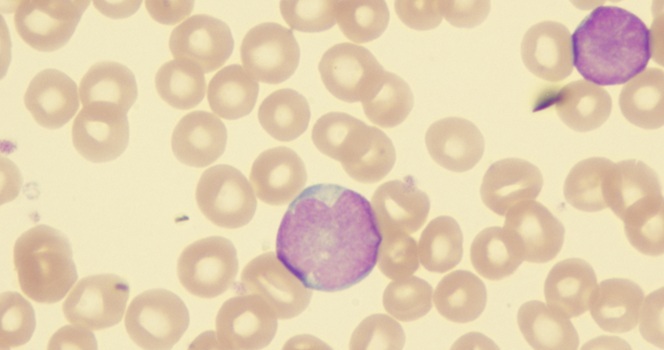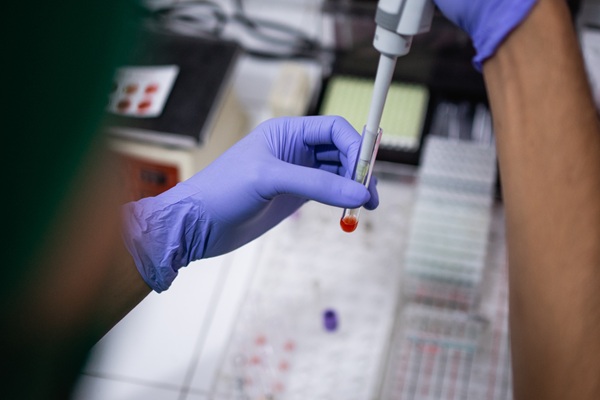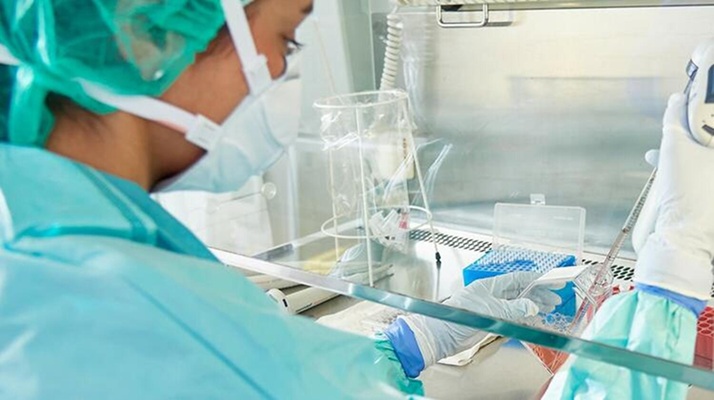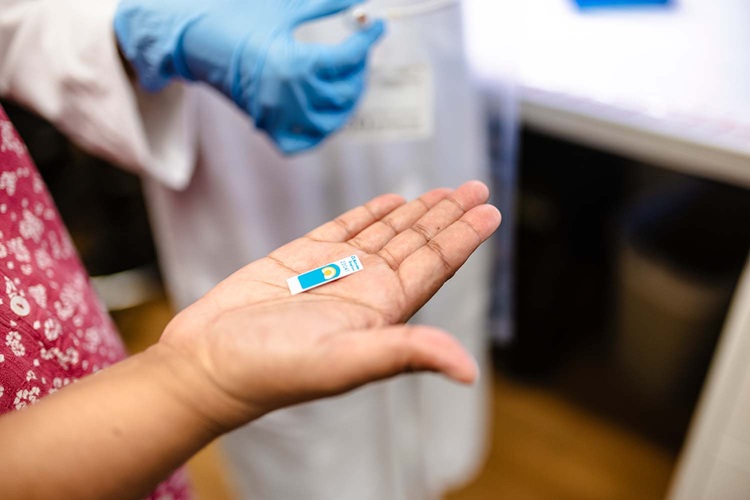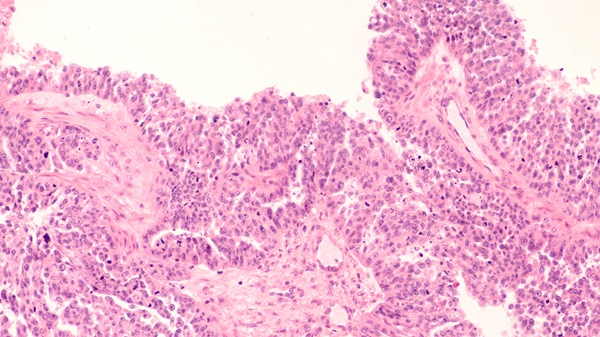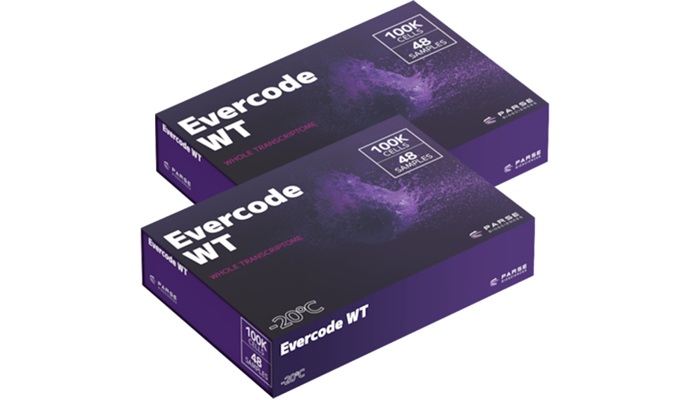Exhaled Nitric Oxide and Eosinophil Count Diagnose Eosinophilic Asthma
|
By LabMedica International staff writers Posted on 01 Sep 2021 |

Image: Blood film showing eosinophilic leukocytes (single cell arrowed) surrounded by red blood cells. About 50% of people with severe asthma may have elevated levels of eosinophils in their blood (Photo courtesy of Jane Liesveld, MD)
Eosinophilic asthma is now recognized as an important subphenotype of asthma based on the pattern of inflammatory cellular infiltrate in the airway. Eosinophilic asthma can be associated with increased asthma severity, atopy, late-onset disease, and steroid refractoriness.
Asthma is characterized by recurrent respiratory symptoms and a variable expiratory-airflow limitation, affecting approximately 334 million people worldwide. Tests to identify reversible airflow limitation are important in asthma diagnosis, but they are time-consuming and it may be difficult for patients to cooperate.
Respiratory Medicine specialists at the Daping Hospital, Army Medical University (Chongqing, China) conducted a retrospective cohort study on 2,349 suspected asthma cases between January 2014 and December 2019. Fractional exhaled nitric oxide (FeNO) was evaluated with an online measurement technique using a Nano Coulomb nitric oxide analyzer. FeNO results were reported as parts per billion (ppb), and FeNO measurements were performed prior to spirometry, the methacholine challenge test, and the reversibility test.
The investigators took peripheral venous blood samples, and blood eosinophils (B-Eos) and leukocytes were counted using a Sysmex XN‐9000 Hematology Analyzer (Sysmex, Kobe, Japan), a multifunctional automatic hematology analyzer and leukocyte classifier. B-Eos counts were reported along with other leukocyte subpopulations, and the percentage of each subpopulation was calculated. Baseline spirometry, the bronchial-provocation and bronchodilation test (BPT, BDT) were performed using a Jaeger spirometer (Erich Jaeger GmbH, Würzburg, Germany).
The scientists reported that the main study population included 897 males and 1,452 females, of whom 824 patients were diagnosed with asthma. Asthmatic patients had significantly higher white blood cell counts (7.24 versus 7.05 × 109/L), B-Eos counts (306 versus 105 cells/μL), B-Eos percentages (4.5% versus 1.8%), and FeNO levels (52 versus 5 ppb). The percentage of blood neutrophils, forced vital capacity (FVC), forced expiratory volume in the first second (FEV1), and FEV1/FVC ratio of asthmatic patients were significantly lower (59.3% versus 61.9%, 94.4% versus 96.2%, 79.7% versus 92.4%, and 68.5% versus 80.2%), respectively. The odds ratio for having asthma increased progressively with a gradual increase in FeNO or B-Eos count.
The authors concluded that there was no difference in diagnostic accuracy for asthma between FeNO and B-Eos count, and the combination of these two biomarkers could slightly improve diagnostic efficacy. Patients with moderately elevated biomarkers (FeNO > 40 ppb and B-Eos > 300 cells/μL) could be diagnosed with asthma and avoid objective tests when such tests are not feasible. The study was published on August 9, 2021 in the journal BMC Pulmonary Medicine.
Related Links:
Daping Hospital, Army Medical University
Sysmex
Erich Jaeger GmbH
Asthma is characterized by recurrent respiratory symptoms and a variable expiratory-airflow limitation, affecting approximately 334 million people worldwide. Tests to identify reversible airflow limitation are important in asthma diagnosis, but they are time-consuming and it may be difficult for patients to cooperate.
Respiratory Medicine specialists at the Daping Hospital, Army Medical University (Chongqing, China) conducted a retrospective cohort study on 2,349 suspected asthma cases between January 2014 and December 2019. Fractional exhaled nitric oxide (FeNO) was evaluated with an online measurement technique using a Nano Coulomb nitric oxide analyzer. FeNO results were reported as parts per billion (ppb), and FeNO measurements were performed prior to spirometry, the methacholine challenge test, and the reversibility test.
The investigators took peripheral venous blood samples, and blood eosinophils (B-Eos) and leukocytes were counted using a Sysmex XN‐9000 Hematology Analyzer (Sysmex, Kobe, Japan), a multifunctional automatic hematology analyzer and leukocyte classifier. B-Eos counts were reported along with other leukocyte subpopulations, and the percentage of each subpopulation was calculated. Baseline spirometry, the bronchial-provocation and bronchodilation test (BPT, BDT) were performed using a Jaeger spirometer (Erich Jaeger GmbH, Würzburg, Germany).
The scientists reported that the main study population included 897 males and 1,452 females, of whom 824 patients were diagnosed with asthma. Asthmatic patients had significantly higher white blood cell counts (7.24 versus 7.05 × 109/L), B-Eos counts (306 versus 105 cells/μL), B-Eos percentages (4.5% versus 1.8%), and FeNO levels (52 versus 5 ppb). The percentage of blood neutrophils, forced vital capacity (FVC), forced expiratory volume in the first second (FEV1), and FEV1/FVC ratio of asthmatic patients were significantly lower (59.3% versus 61.9%, 94.4% versus 96.2%, 79.7% versus 92.4%, and 68.5% versus 80.2%), respectively. The odds ratio for having asthma increased progressively with a gradual increase in FeNO or B-Eos count.
The authors concluded that there was no difference in diagnostic accuracy for asthma between FeNO and B-Eos count, and the combination of these two biomarkers could slightly improve diagnostic efficacy. Patients with moderately elevated biomarkers (FeNO > 40 ppb and B-Eos > 300 cells/μL) could be diagnosed with asthma and avoid objective tests when such tests are not feasible. The study was published on August 9, 2021 in the journal BMC Pulmonary Medicine.
Related Links:
Daping Hospital, Army Medical University
Sysmex
Erich Jaeger GmbH
Latest Pathology News
- Rapid Low-Cost Tests Can Prevent Child Deaths from Contaminated Medicinal Syrups
- Tumor Signals in Saliva and Blood Enable Non-Invasive Monitoring of Head and Neck Cancer
- Common Health Issues Can Influence New Blood Tests for Alzheimer’s Disease
- Blood Test Formula Identifies Chronic Liver Disease Patients with Higher Cancer Risk
- Tunable Cell-Sorting Device Holds Potential for Multiple Biomedical Applications
- AI Tool Outperforms Doctors in Spotting Blood Cell Abnormalities
- AI Tool Rapidly Analyzes Complex Cancer Images for Personalized Treatment
- Diagnostic Technology Performs Rapid Biofluid Analysis Using Single Droplet
- Novel Technology Tracks Hidden Cancer Cells Faster
- AI Tool Improves Breast Cancer Detection
- AI Tool Predicts Treatment Success in Rectal Cancer Patients
- Blood Test and Sputum Analysis Predict Acute COPD Exacerbation
- AI Tool to Transform Skin Cancer Detection with Near-Perfect Accuracy
- Unique Immune Signatures Distinguish Rare Autoimmune Condition from Multiple Sclerosis
- Simple Optical Microscopy Method Reveals Hidden Structures in Remarkable Detail
- Hydrogel-Based Technology Isolates Extracellular Vesicles for Early Disease Diagnosis
Channels
Clinical Chemistry
view channel
Chemical Imaging Probe Could Track and Treat Prostate Cancer
Prostate cancer remains a leading cause of illness and death among men, with many patients eventually developing resistance to standard hormone-blocking therapies. These drugs often lose effectiveness... Read more
Mismatch Between Two Common Kidney Function Tests Indicates Serious Health Problems
Creatinine has long been the standard for measuring kidney filtration, while cystatin C — a protein produced by all human cells — has been recommended as a complementary marker because it is influenced... Read moreMolecular Diagnostics
view channel
New Blood Biomarkers Help Diagnose Pregnancy-Linked Liver Complication
Intrahepatic cholestasis of pregnancy (ICP) is the most common liver disorder linked to pregnancy and can pose serious risks for both mother and baby, including premature delivery and stillbirth.... Read more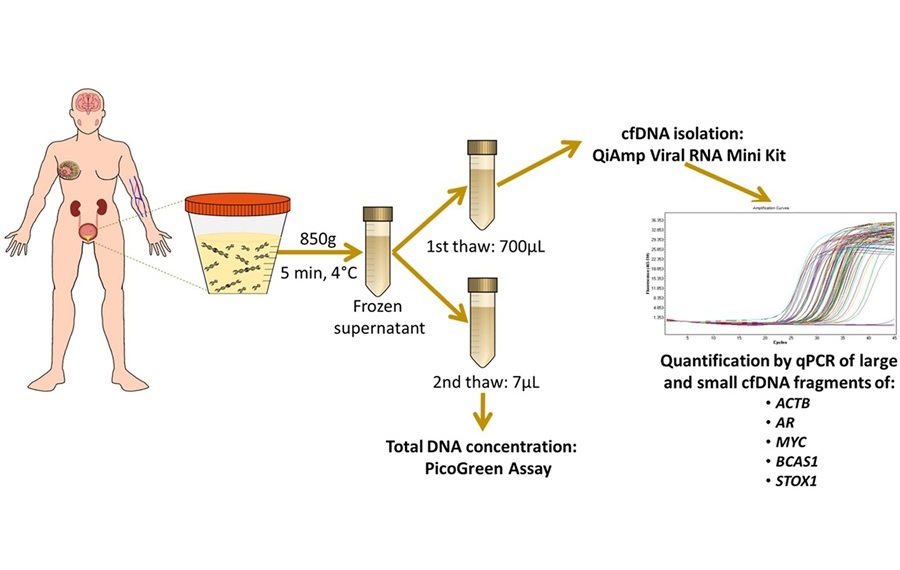
Simple Urine Test to Revolutionize Bladder Cancer Diagnosis and Treatment
Bladder cancer is one of the most common and deadly urological cancers and is marked by a high rate of recurrence. Diagnosis and follow-up still rely heavily on invasive cystoscopy or urine cytology, which... Read moreImmunology
view channel
New Test Distinguishes Vaccine-Induced False Positives from Active HIV Infection
Since HIV was identified in 1983, more than 91 million people have contracted the virus, and over 44 million have died from related causes. Today, nearly 40 million individuals worldwide live with HIV-1,... Read more
Gene Signature Test Predicts Response to Key Breast Cancer Treatment
DK4/6 inhibitors paired with hormone therapy have become a cornerstone treatment for advanced HR+/HER2– breast cancer, slowing tumor growth by blocking key proteins that drive cell division.... Read more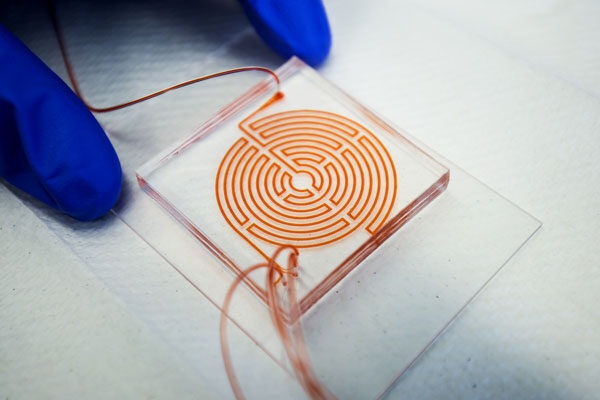
Chip Captures Cancer Cells from Blood to Help Select Right Breast Cancer Treatment
Ductal carcinoma in situ (DCIS) accounts for about a quarter of all breast cancer cases and generally carries a good prognosis. This non-invasive form of the disease may or may not become life-threatening.... Read moreMicrobiology
view channel
Rapid Diagnostic Test Matches Gold Standard for Sepsis Detection
Sepsis kills 11 million people worldwide every year and generates massive healthcare costs. In the USA and Europe alone, sepsis accounts for USD 100 billion in annual hospitalization expenses.... Read moreRapid POC Tuberculosis Test Provides Results Within 15 Minutes
Tuberculosis remains one of the world’s deadliest infectious diseases, and reducing new cases depends on identifying individuals with latent infection before it progresses. Current diagnostic tools often... Read more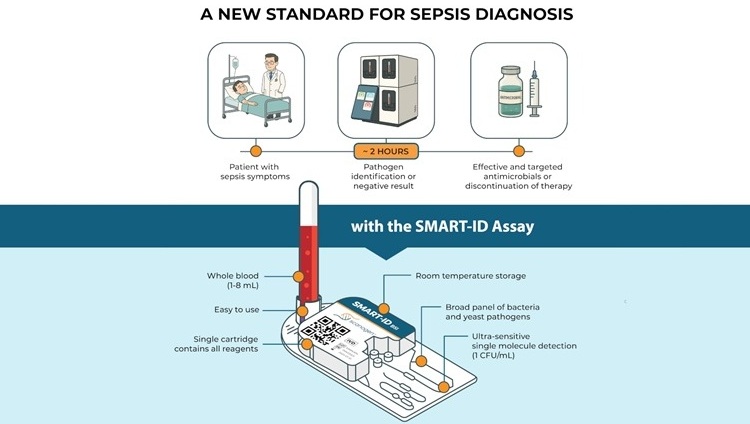
Rapid Assay Identifies Bloodstream Infection Pathogens Directly from Patient Samples
Bloodstream infections in sepsis progress quickly and demand rapid, precise diagnosis. Current blood-culture methods often take one to five days to identify the pathogen, leaving clinicians to treat blindly... Read morePathology
view channel
Rapid Low-Cost Tests Can Prevent Child Deaths from Contaminated Medicinal Syrups
Medicinal syrups contaminated with toxic chemicals have caused the deaths of hundreds of children worldwide, exposing a critical gap in how these products are tested before reaching patients.... Read more
Tumor Signals in Saliva and Blood Enable Non-Invasive Monitoring of Head and Neck Cancer
Head and neck cancers are among the most aggressive malignancies worldwide, with nearly 900,000 new cases diagnosed each year. Monitoring these cancers for recurrence or relapse typically relies on tissue... Read more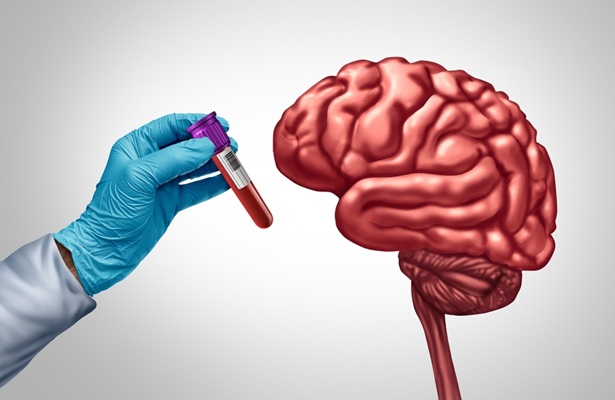
Common Health Issues Can Influence New Blood Tests for Alzheimer’s Disease
Blood-based tests for Alzheimer’s disease are transforming diagnosis by offering a simpler alternative to spinal taps and brain imaging. However, many people evaluated at memory clinics also live with... Read more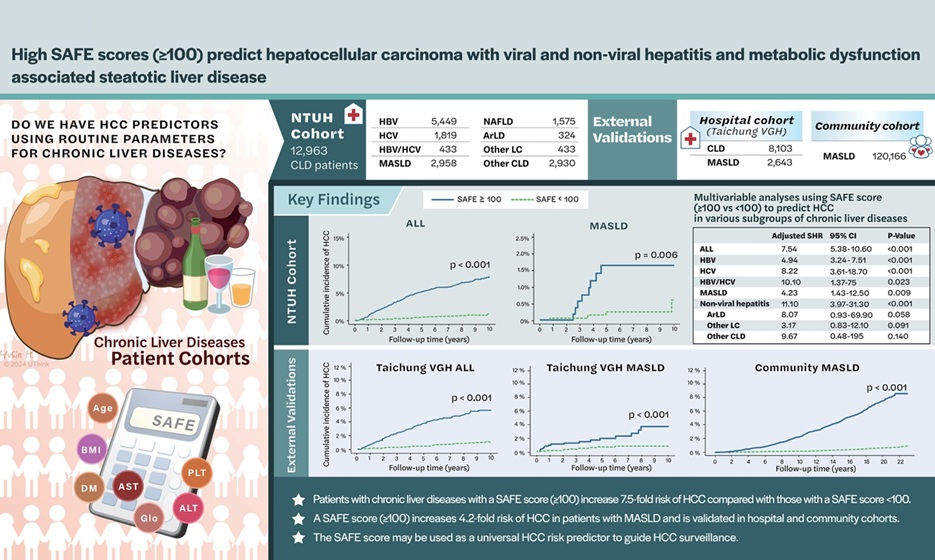
Blood Test Formula Identifies Chronic Liver Disease Patients with Higher Cancer Risk
Chronic liver disease affects millions worldwide and can progress silently to hepatocellular carcinoma (HCC), one of the deadliest cancers globally. While surveillance guidelines exist for patients with... Read moreTechnology
view channel
Artificial Intelligence Model Could Accelerate Rare Disease Diagnosis
Identifying which genetic variants actually cause disease remains one of the biggest challenges in genomic medicine. Each person carries tens of thousands of DNA changes, yet only a few meaningfully alter... Read more
AI Saliva Sensor Enables Early Detection of Head and Neck Cancer
Early detection of head and neck cancer remains difficult because the disease produces few or no symptoms in its earliest stages, and lesions often lie deep within the head or neck, where biopsy or endoscopy... Read moreIndustry
view channel
Abbott Acquires Cancer-Screening Company Exact Sciences
Abbott (Abbott Park, IL, USA) has entered into a definitive agreement to acquire Exact Sciences (Madison, WI, USA), enabling it to enter and lead in fast-growing cancer diagnostics segments.... Read more













